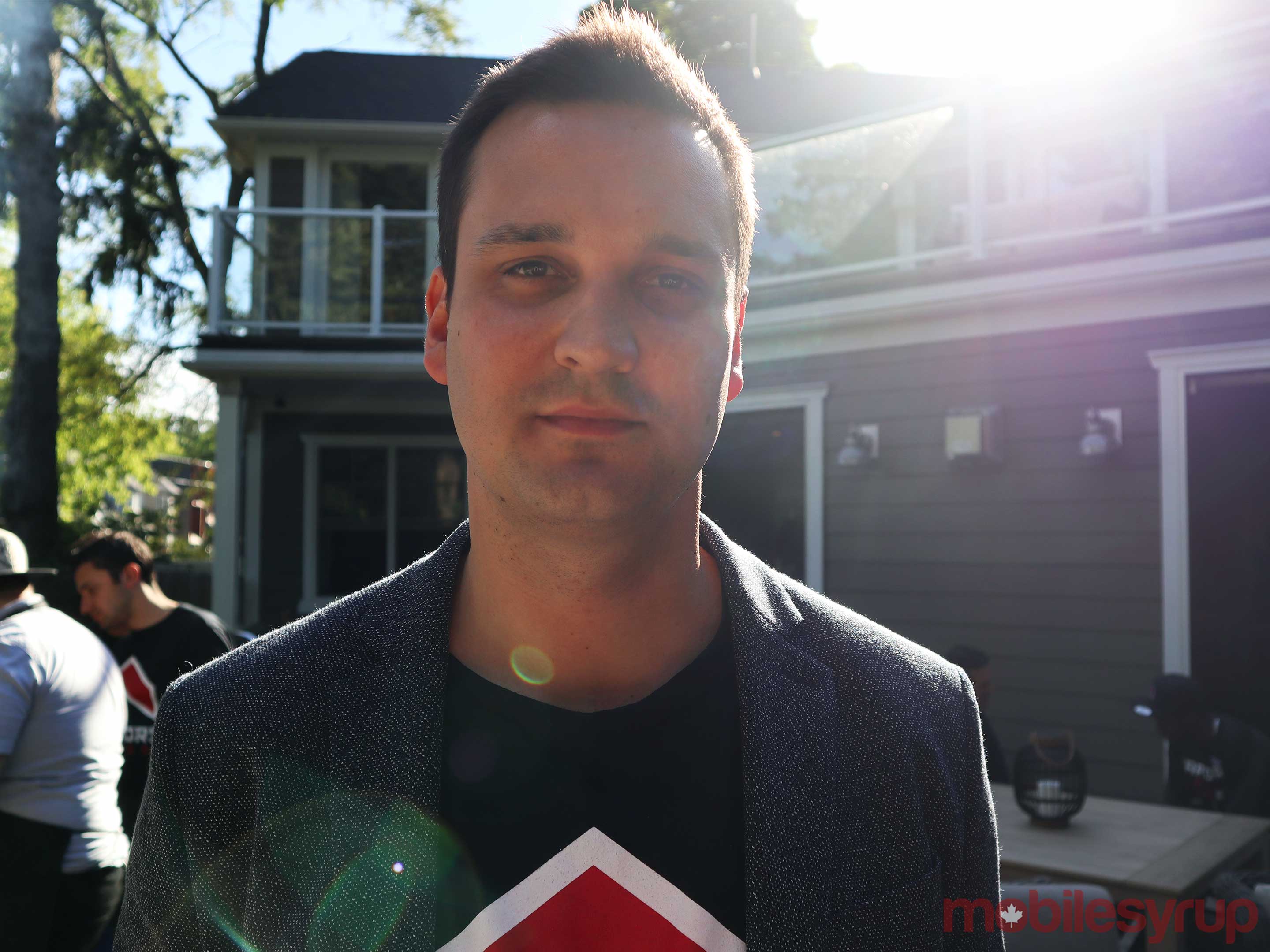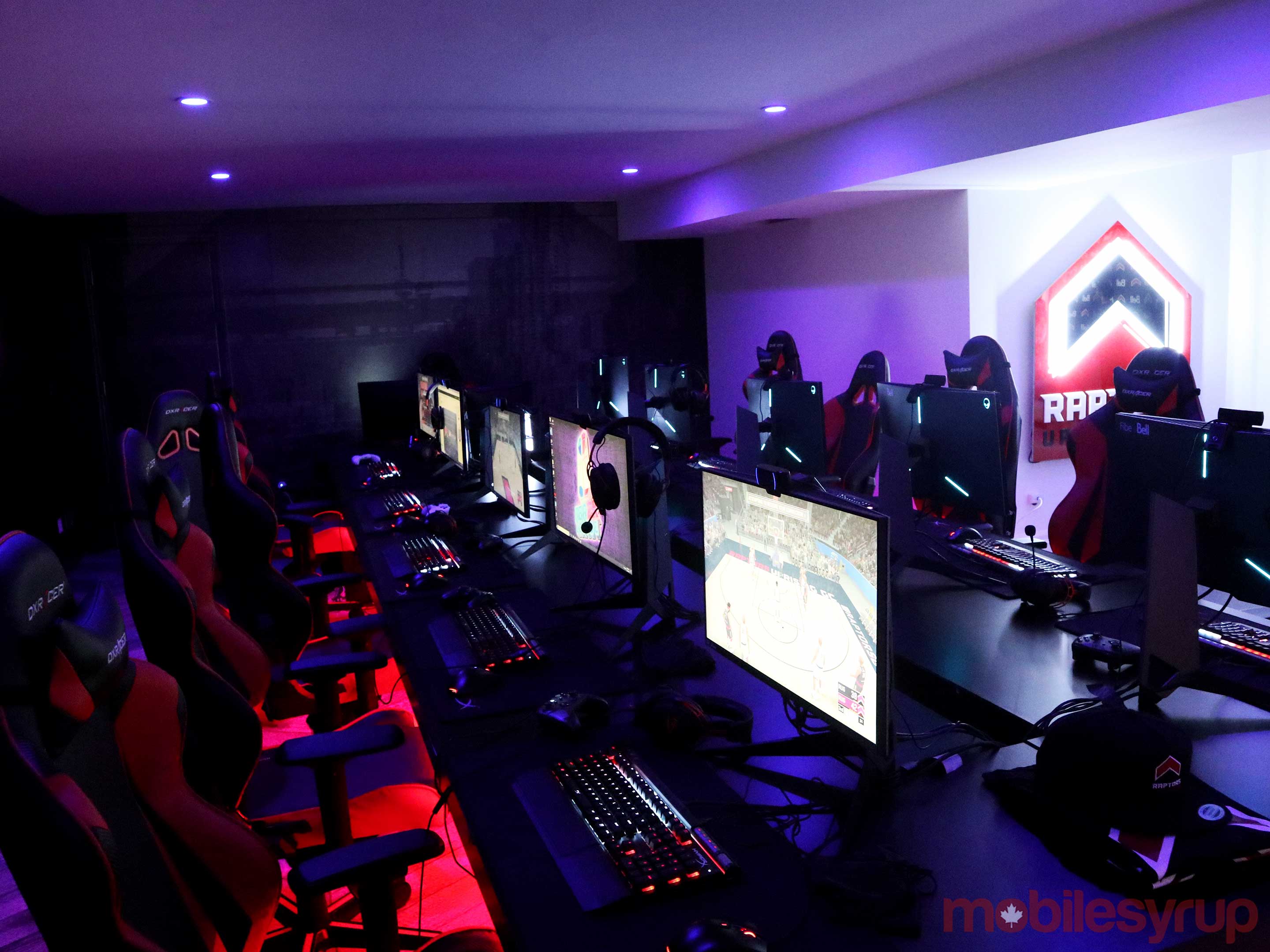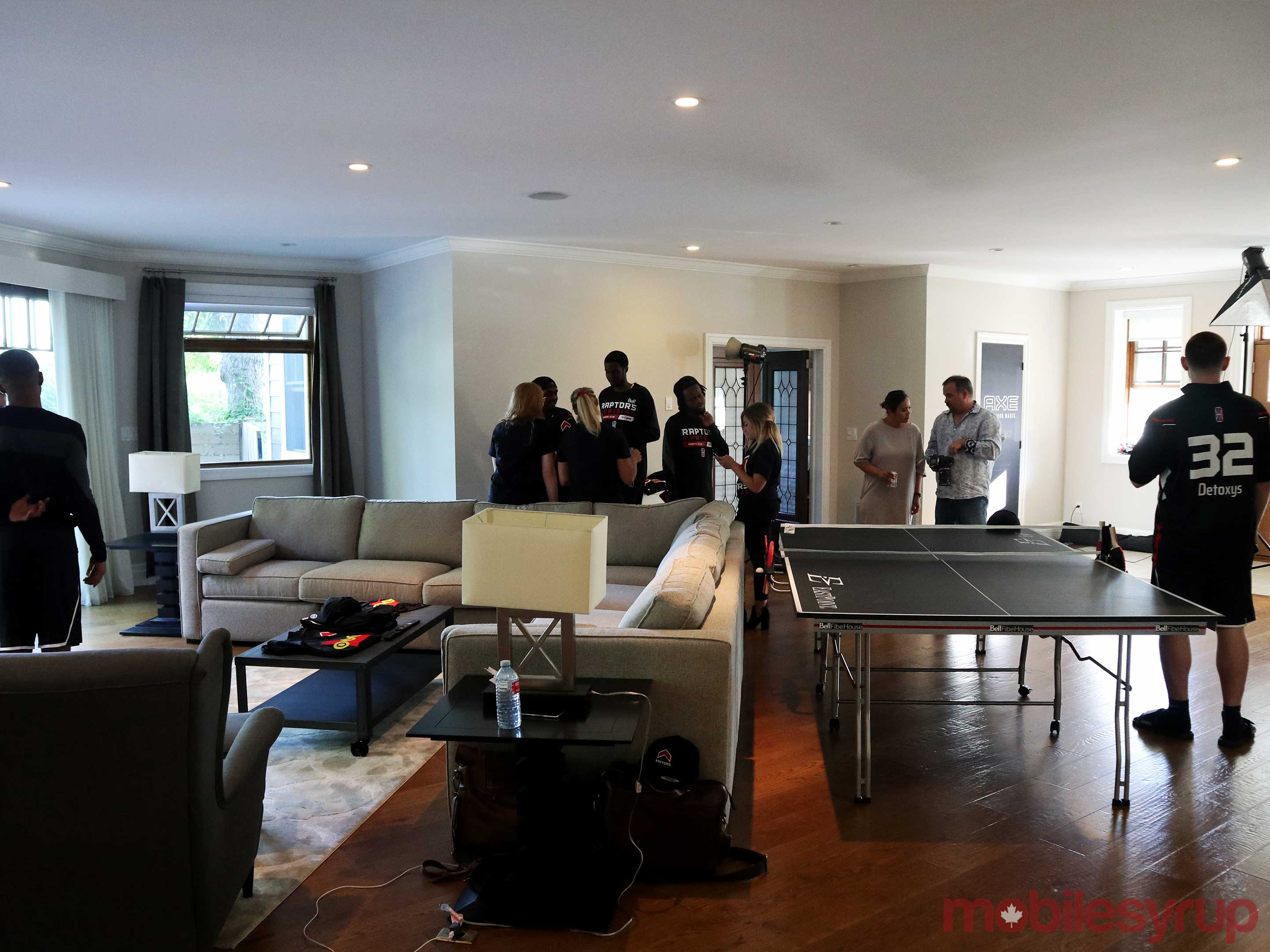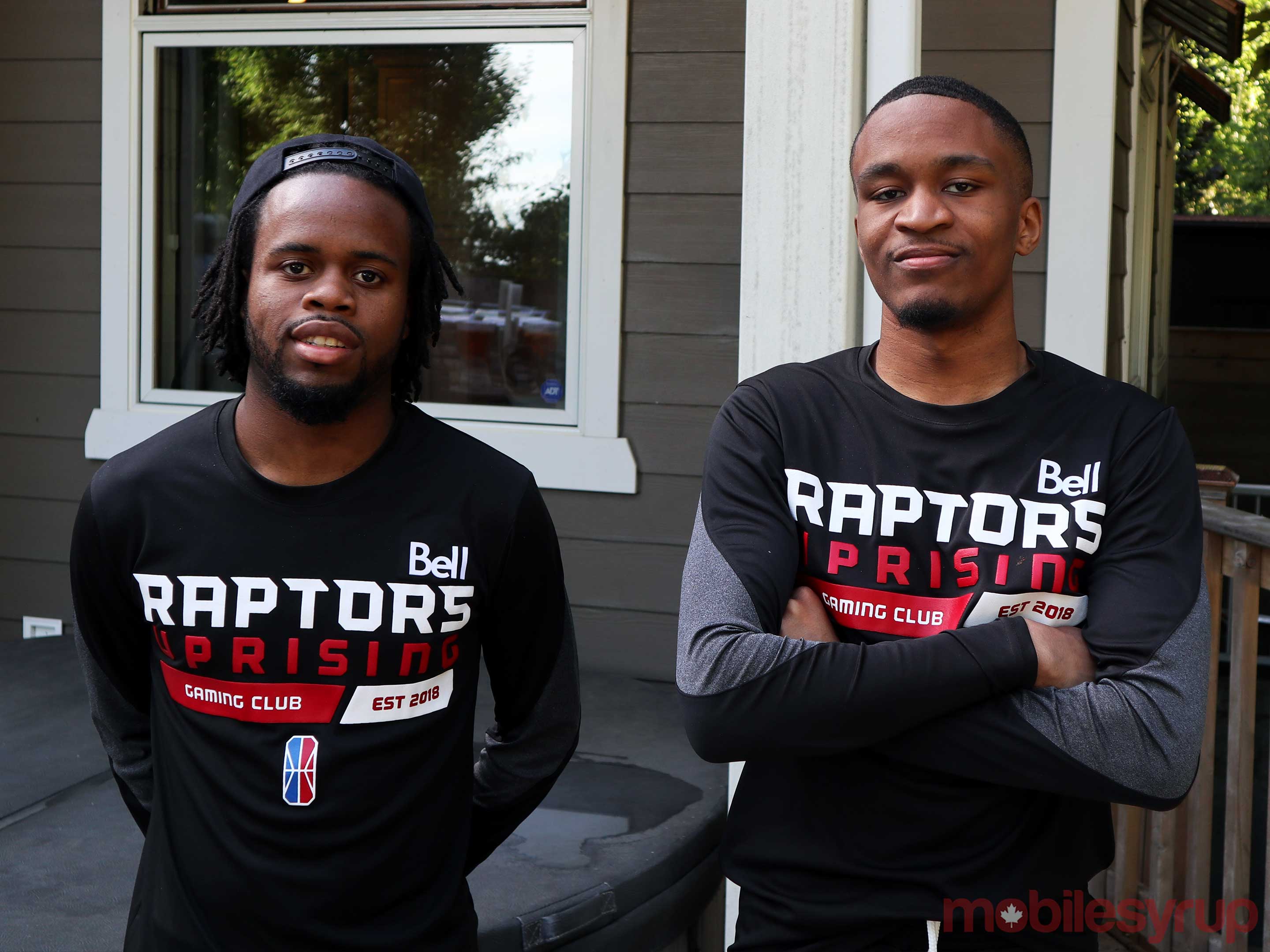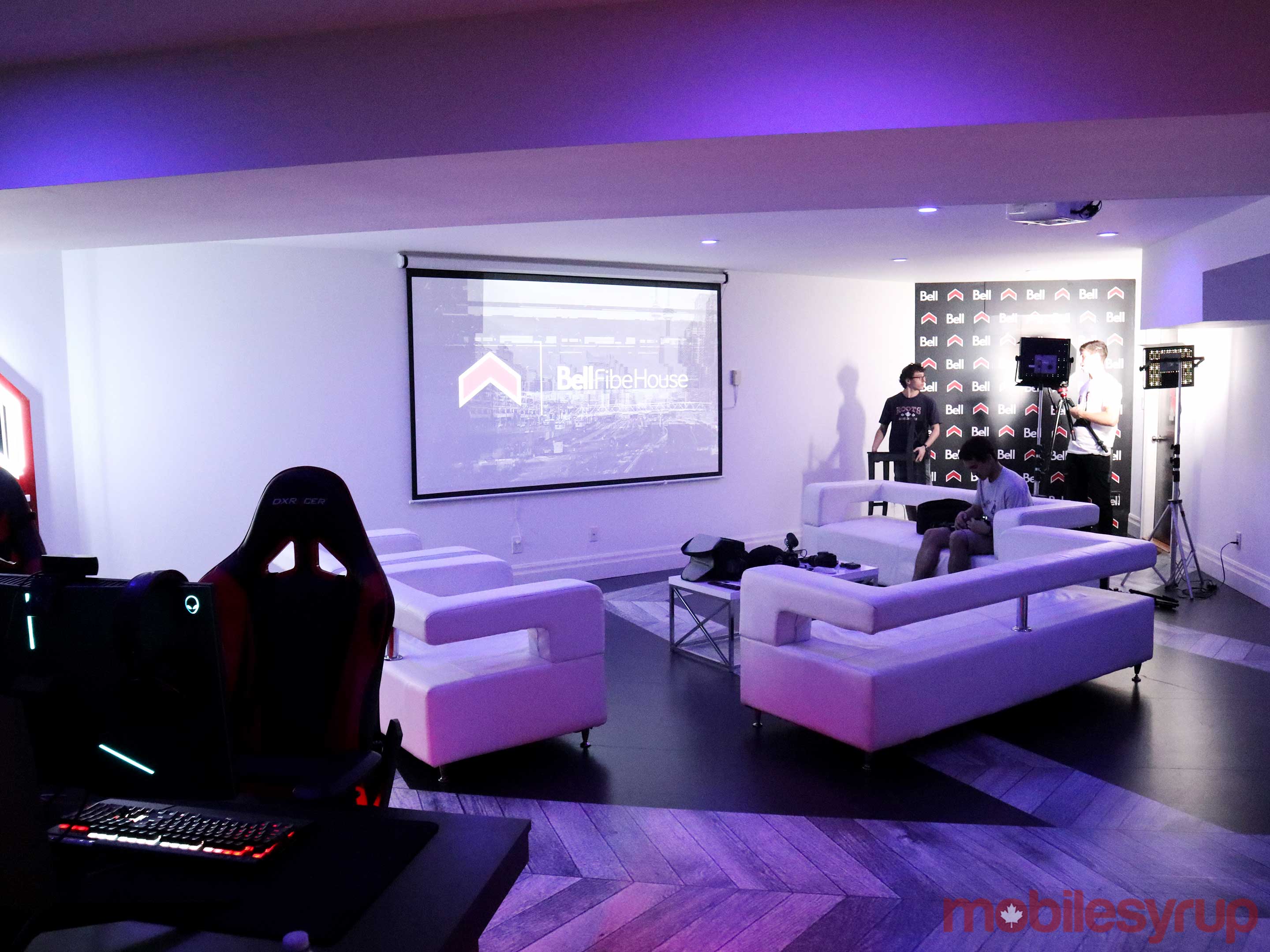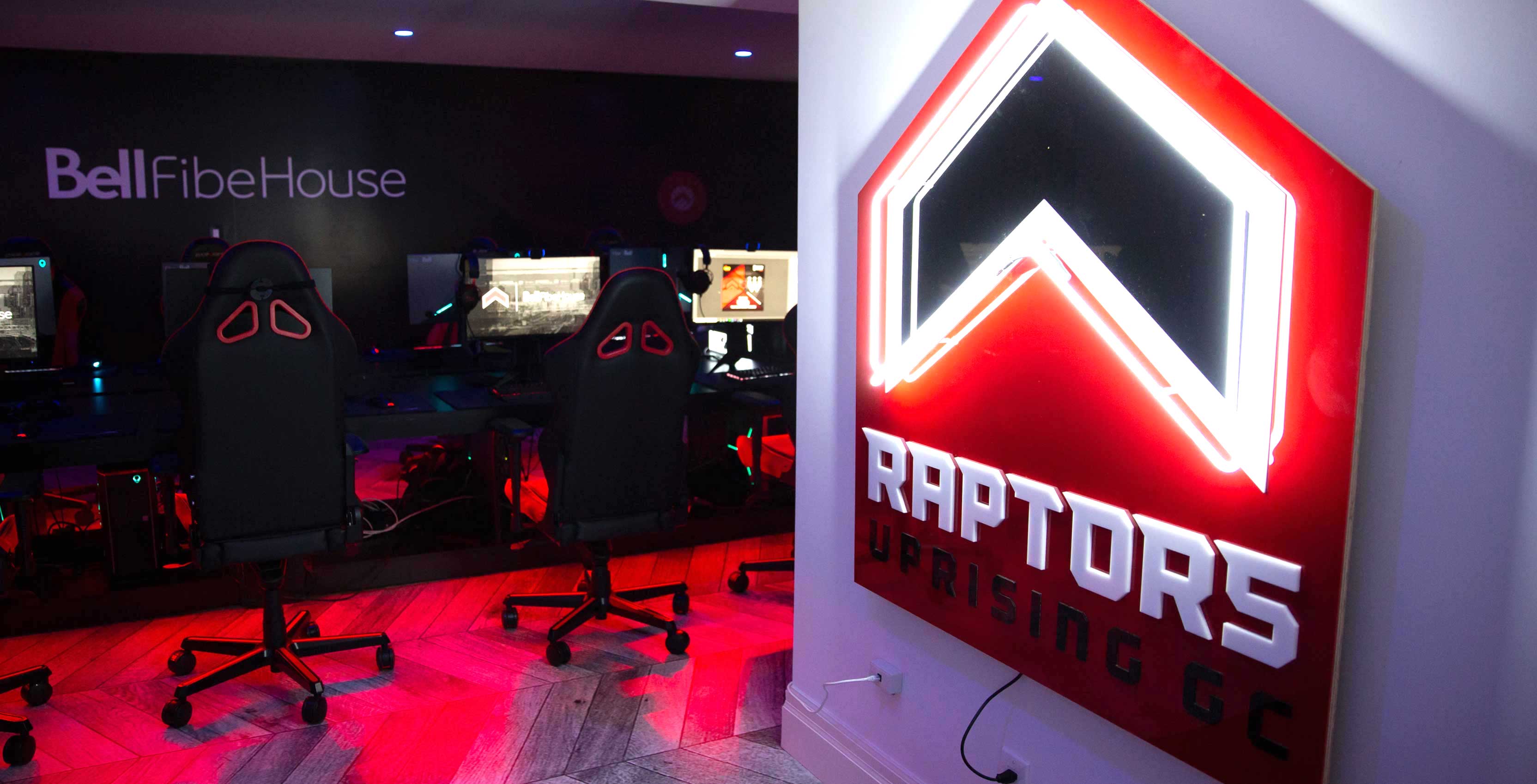
What if I told you that Toronto was housing one of the most important eSports teams in the space right now?
The Raptors Uprising is a team of six NBA 2K gamers that compete on behalf of the Toronto Raptors in the NBA’s inaugural eSports league.
The NBA is currently running one of the most organized professional gaming leagues out there, with 17 different teams expanding into esports this year. It’s expected that some of the 13 remaining NBA teams will also join the league over the next few seasons.
Six months ago at the start of 2018, the NBA held an event called ‘The Combine’ to identify the best 2K players in North America. Combines are traditionally held in organized sports to help rank top athletes. To make it into The Combine, players needed to have won at least 50 games in 2K’s competitive mode — Pro-Am. Seventy-two thousand people qualified.
Q3: ?? @KennyGotWork shows the handles, steps back, hits the three – 8 point lead with one to go
RUGC: 47@Pacers_Gaming: 39 pic.twitter.com/I8qoKSCZ6k
— Raptors Uprising GC (@RaptorsGC) June 8, 2018
Qualified players then competed in The Combine from February 2nd to 22nd. The Combine introduced the players to the league’s unique 2K ruleset: five-versus-five games, with each in-game character controlled by one player. The entire experience plays more like a real basketball than your typical game of NBA 2K. Each player in the league has their own customized avatar that helps keep things more balanced, as well, so no players are able to play as a real-world all star like LeBron.
To get through the event, players had to win at least 40 games. Some players even claimed to have played for multiple sessions, each lasting longer than the last, until they found themselves gaming for 12 hours straight. All of it for a chance to make it into the league.
The best 102 players to be chewed up and spit out by The Combine made it into the league’s draft. Then, on April 4th, each of the 17 teams drafted six players to kick off the NBA 2K league.
Toronto’s team is an offshoot of the Raptors. It’s owned by Maple Leaf Sports & Entertainment (MLSE) — the same company that owns Toronto’s other major sports teams like the Leafs and the Toronto FC. A majority of MLSE has been owned by Bell and Rogers since 2012.
The team is led by MLSE’s eSports Manager Shane Talbot. He’s worked in the eSports industry for around five years filling a variety of different roles until he settled in at MLSE.
Talbot says that the eSports scene in Toronto is really strong, but the community needs help setting up over the next few years.
There’s a very strong eSports community in Canada, with organizations like Northern Arena that host a handful of Canada-based professional gaming tournaments throughout the year across a wide range of games.
“I think the [eSports] organizations that are going to survive are going to be the ones with a traditional sports background because they have the resources and the longevity to survive through whatever the next few years look like,” said Talbot.
“We’re just starting to scratch the surface of monetization as well. if you look at the statistics, it’s around $3 per fan per year and when you compare that to traditional sports which is around $55 per fan per year,” he said. “We have amazing ecommerce potential because everyone is watching from their home computer.”
Big time games in the Big Apple
The team practices for seven to eight hours every day of the week. On the weekend, all teams fly to New York City to compete in their weekly match.
The teams face off in a studio in Queens in a single game that lasts 24 minutes. The two teams sit facing each other, which “has led to an incredible amount of trash talking,” says Talbot.
Other members of the team mentioned the trash talking too, but everyone sees it as just a bit of showmanship during the game.
“The trash talking gets competitive during the game, but after the game, we’re all cool,” said Trevion Hendrix, the team’s small forward.
So far the Raptors are in 13th place, but the regular season runs until August 11th, so there’s room for them to make up some ground in the next few weeks.
Welcome home team
When the team isn’t competing in New York, they’re at home in Toronto. All six members live in a large house in the city’s The Beaches neighbourhood. The house is a dream come true for most of these young competitors, decked out with everything a growing eSports team needs.
The house comes equipped with Bell’s fastest Fibre internet, which provides players with gigabit speeds wherever they are in the house. There are two connections, one for the team’s pro gaming setup in the basement and another mesh network that spreads Wi-Fi to the rest of the house.
“The latency and lack of packet loss is what I think really facilitates smooth gameplay. These guys never end up missing a shot or getting shot because of latency,” said Alan McNaughtan, a director of product development and rollout at Bell.
Bell plays a large roll in sponsoring the team and providing them with an internet connection.
The rest of the house is just as top tier as the internet. It has a large open-concept design with a nice kitchen and lots of stuff for the team to do. The main floor even has tables for pool and ping pong and there’s a hot tub in the back. While I didn’t get to see any of the bedrooms, the overall size of the house indicates that their rooms are fairly large, as well.
Even though each player has their own room, downstairs is where the real magic happens. The basement is decked out with a top-of-the-line gaming set-up. There are ten gaming PCs lined up each with a top of the line gaming equipment and some colourful lighting to really drive home the point that this is a place for professional gamers to train.
On the other side of the basement, there’s a couple of white leather couches and a projector that the team uses to watch game footage as part of their training.
Living life as an eSports star
I interviewed two players while I was visiting the house, Jousha McKenna and Trevion Hendrix. Both are in their early 20s and expressed their happiness at being there.
Hendrix, who goes by the gamertag ‘AllHailTrey‘ is from Hot Springs, Arkansas. He plays the team’s small forward position and is currently sitting with a total of 194 points in 13 games.
He’s been playing competitively for a few years, but this league is the first time that the competitive 2K scene has been this organized.
“I just like competing against the best players in the world, that’s what I’m here for” — Trevion Hendrix
McKenna is from Decatur, Georgia and on the court he goes by the tag ‘TSJosh.’ His character plays shooting guard and has a per game average of 8.9 points.
“I just like competing against the best players in the world, that’s what I’m here for,” said McKenna. “If we didn’t love playing it would be like a crazy schedule. We play every day, for at least seven or eight hours.”
The team also physically trains their bodies as well as their gaming skills. “We train every Tuesday and Thursday. we go to a [gym] called SWAT. Other than that, we either here practicing or watching film,” said Hendrix.
Both players also talk about how hard they had to play in The Combine just to get a shot at playing professionally.
“I’m not going to lie, it was stressful at first, but the more I started playing I got the hang of it. I played like 142 games and won 116, My winning percentage was very high,” said Hendrix
“I didn’t think there was a big possibility that I actually made the league. I was just playing stress-free really,” said McKenna.
Most of the league is made up of Americans, but there are a few Canadians in the mix as well. The only Canadian on the Raptors Uprising is Yusuf Abdula. From Toronto’s Scarborough district, Yusuf represents the city with his gamertag, ‘Yusuf_Scarbz.’
How to get involved with the league
Every team in the league plays every weekend on Fridays and Saturdays, leading up to a tournament on July 13th.
People can watch the games as they unfold on Twitch on the NBA 2K channel. Fans can also keep up with the team on its official NBA team page or on Twitter and Facebook.
Raptors Uprising has also been filming and sharing a documentary on the team called North Code. Users can check out the first few episodes here.
Header image credit: Light Imaging
MobileSyrup may earn a commission from purchases made via our links, which helps fund the journalism we provide free on our website. These links do not influence our editorial content. Support us here.

